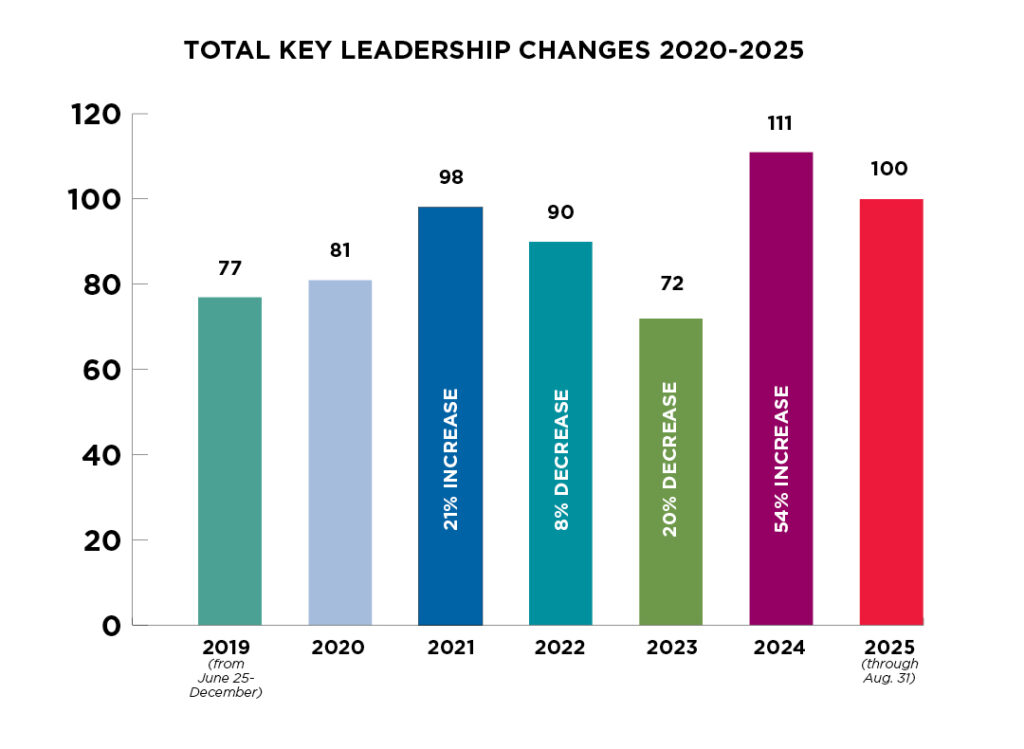The Elbert Files: The 2016 economic landscape

The good news for investors as we enter a new year is that last year’s overall economic performance could have been worse. The bad news, of course, is that 2015 was worse than any year since 2011.
All of which leaves us wondering whether 2016 will bring more of the same or even sharper downturns.
Currently, the major stock market indexes are poised on the leeward side of last year’s record highs, raising questions about whether recent momentum will plunge them into a 2008-style collapse, or whether they can slide onto a plateau where they can rest while gaining energy for a new climb.
That’s the backdrop for this year’s Business Record Economic Forecast luncheon scheduled for next Thursday, Jan. 28, at 11 a.m. at the West Des Moines Sheraton.
The four panelists at the $42 per person event are Iowa Economic Development Authority Director Debi Durham, Principal Financial Group Inc. CEO Dan Houston, and economists Dave Swenson from Iowa State University and Jim Paulsen of Minneapolis-based Wells Capital Management.
I’m not sure what the others will say, but Paulsen’s recent newsletters provide a good sense of his thinking.
“While this may be the most disappointing recovery ever,” he wrote of the current conundrum, “it is also likely the most successful disappointing recovery ever.”
For the nation, he noted, economic growth and personal income are each roughly 25 percent ahead of where they were at the end of the last recovery. Meanwhile, household net worth has risen more than 50 percent from the recession low, and unemployment is down to 5 percent, lower than it has been two-thirds of the time since World War II.
The U.S. stock market, he added, “has risen about threefold from its low in 2009.”
During the past year, however, a lot of things have slowed, producing a stock market that was flat and bumpy in 2015.
This year could be more of the same, although there are clear differences, according to Paulsen.
On the positive side, he said, there is still untapped energy because much of the world has been out of sync with the U.S. recovery.
But now, lower commodity prices, low interest rates and recent currency devaluations are providing worldwide stimulus that could make this “the year when all economic boats finally rise together,” Paulsen said.
If that happens, the increase in capital spending “could awaken the animal spirits of cash-rich companies” in the U.S., he added.
Another positive is the housing industry, which is usually an early contributor to economic recoveries. It wasn’t this time for obvious reasons, but Paulsen noted, “household formation is finally rising” and “U.S. housing activity may prove stronger than most anticipate.”
He also listed reasons too complex to explain here that indicate that the dollar may be weakening. If it is, it will be a big plus for Iowa’s grain and machinery exports.
Paulsen’s advice to investors: Rising interest rates make a shift to bonds a bad bet right now. Keep some cash at the ready for buying opportunities like the market correction that launched the new year. Tilt some new investments toward international equities in countries that have developed and emerging stock markets, and favor mid- and small-cap stocks over large-cap stocks.
Finally, expect a flat but volatile stock market with swings of as much as 20 percent in 2016.
If you do move money, Paulsen suggests paying attention to the price-earnings ratios of Standard & Poor’s 500 stocks and trading popular stocks for less expensive ones.
“Only during the dot-com era were popular stocks (with high P/Es) more expensive than they are today,” he wrote, while S&P 500 stocks with low P/Es are now priced “lower than 70 percent of the time during the last 25 years.”










